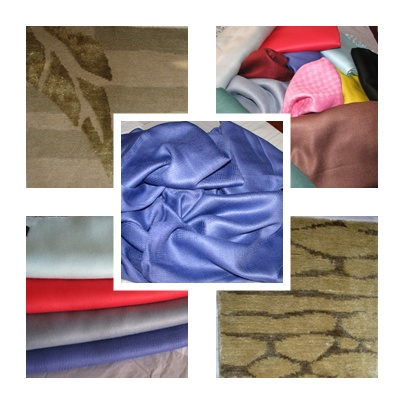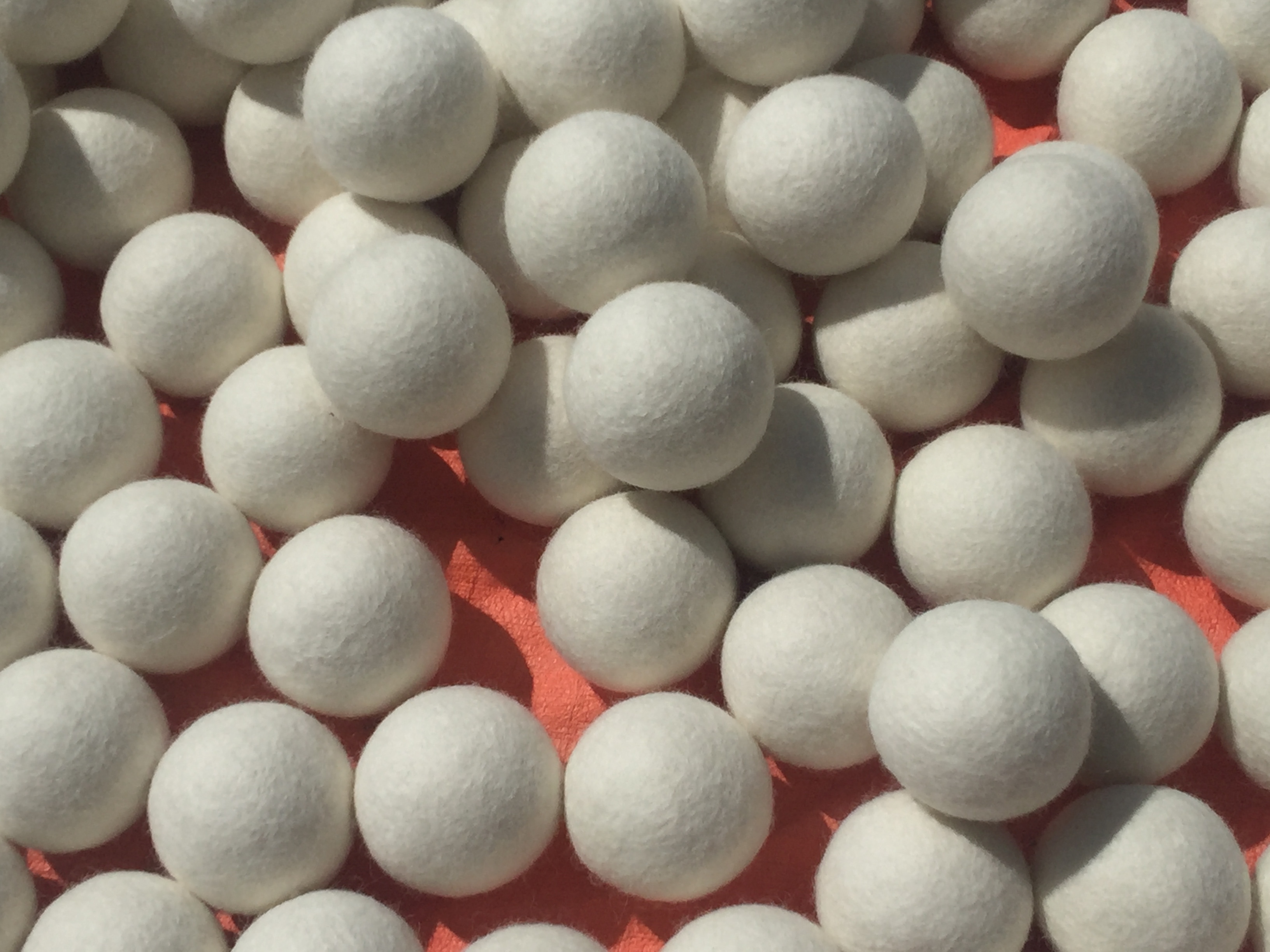Major Export Products
- Home Major Export Product
Pashmina
Pashmina is fine Himalayan Cashmere in Nepal, usually simply known as pashmina, is a fiber obtained from Chyangra pashmina goats called Capra Hircus Laniger. Pashmina, popularly known as “Cashmere” is well known for its fineness, warmth, softness, desirable aesthetic value, elegance and timelessness in fashion. Pashmina is the down fibre derived from the hair of domesticated goat Capra hircus indigenous to Asia. The major fibre producing countries are Afghanistan, China, India, Iran, Mongolia, Nepal and Pakistan.
In Nepal, Chyangra goat rearing have been an age-old tradition in the Himalayas. So, the fine pashmina fibres obtained from Chyangra goats are used to make yarn, textiles and clothing for hundreds of years. Pashmina is closely associated with the Cashmere shawl. The mountain goat (Capra hircus) locally called “Chyangra” which lives at the altitude above 3,000 meters in the Himalayas. The history of Pashmina is traced back to prehistoric times in Nepal. Pashmina (Cashmere) products are one of the major exportable items from Nepal.
Pashmina / Cashmere is fine animal-hair fibre obtained from the undercoat of a domesticated Chyangra/Cashmere goat (Capra hircus).
Note 1 : Pashmina and Cashmere are the same term used interchangeably according to the region.
Note 2: Chyangra is the Nepali name given to Cashmere goat (Capra hircus).
Raw Pashmina/Cashmere fibre: Un-cleaned Pashmina/Cashmere fibre having guard hair as it is taken from undercoat of Chyangra (Cashmere) goat.
Scoured Pashmina/ Cashmere fibre: Pashmina/Cashmere fibre washed, cleaned by mechanical and/or chemical method which removes impurities and foreign matters.
Sliver/ Top: An indefinitely long assembly of staple fibers, substantially parallel and without twist, and capable of being drafted.
Pashmina (Cashmere) Yarn: A yarn made of Pashmina (Cashmere) fibre, spun on the woolen as well as worsted system.
Woven Fabric: A fabric produced by interlacing (by weaving on a loom or a weaving machine) a set of warp threads and a set of weft threads normally at right angles to each other
Knitted Fabric: Fabric constructed by interlocking a series of loops of one or more yarns by hand or by machine.
Needle/Punch Felt: Piercing tufts of raw wool hundreds of times using a very sharp needle with tiny barbs to sculpt various shapes and figures.
Pashmina Trade
With approximately 2.2 million pieces exported, amounting to $27.6 million of export revenues generated in 2019, Nepal has progressively increased its market share in the world. Nepali pashmina products include shawls, stoles, scarves, mufflers, blankets and pullovers. Some of these items are customized through embroidery, dyeing, beading, printing and painting, enhancing their value and appeal.
The pashmina industry employs over 20,000 people, of which around 50% are women. The majority of CP manufacturers are small and medium-sized enterprises (SMEs). They can contribute to rural employment creation through improved backward links. The Chyangra farms and scenic pastureland can contribute to rural tourism.
There is a need to work towards improving the traceability of the animals through the introduction of a basic tagging system which is accessible to all farmers for animal identification. In addition, Chyangra goats need to be included as a separate classification in the national agricultural census. They are currently classified under the general goat category and this makes it difficult to assess the population numbers. Different estimates put the population of Chyangra goats in Nepal between 131,695 (official government information available for 2015) and 325,435 (as reported by the World Bank report for the Nepal Livestock Sector Innovation Project). In the absence of proper data, estimates for fibre production in Nepal also remain uncertain. The most recent study suggests that estimated raw Chyangra fibre production is about six metric tons.1
Requirement of Pashmina/Cashmere fibre:
3.1 Diameter (Fineness):
The fibre shall be generally non-medullated and shall have mean diameter not exceeding 17.5 micron. The coefficient of variation around the mean shall not exceed 24%. There shall be no more than 3% (by weight) of cashmere fibres over 30 microns.
To find out information on country-specific tariff rates, check the International Trade Centre’s MAcMAp. Put Nepal in exporting country field and select the destination country, exporting commodity and year to be exported to find the tariff rate. To find country-specific non-tariff requirements click here.
Trade Statistics
Related Trader
| 2 | Company Details
Contact Person
| Scarves, wool or fine animal air, woven, Shawls, wool or fine animal hair, woven Carpets and other textile floor coverings, knotted, whether or not made up Of wool or fine animal hair Coffee, not roasted decaffeinated | 62142000 57011000 09011200 | Handknots Nepal Pvt Ltd | ||||||||||
| 8 | Company Details
Contact Person
Products List | Cotton sweatshirts, crocheted, Jerseys, pullovers, cardigans, waist-coats and similar articles, knitted or crocheted, of cotton, Jerseys, pullovers, cardigans, waist-coats and similar articles, knitted or crocheted, of man-made fibres, Knitted polyester p Scarves, wool or fine animal air, woven, Shawls, wool or fine animal hair, woven Crocheted sweaters of fine animal hair, other than those of Kashmir goats, Crocheted sweaters of Kashmir goats, Jerseys, pullovers, cardigans, waist-coats and similar articles, knitted or crocheted, of fine animal hair, Jerseys, pullovers, cardigans, wais Crocheted sweaters of fine animal hair, other than those of Kashmir goats, Crocheted sweaters of Kashmir goats, Jerseys, pullovers, cardigans, waist-coats and similar articles, knitted or crocheted, of fine animal hair, Jerseys, pullovers, cardigans, wais Shawls, scarves, mufflers, mantillas, veils and the like Of other textile materials | 61102000 62142000 61101200 61101200 62149000 | LOTUS FABRICS | ||||||||||
| 7 | Company Details
Contact Person
| Scarves, wool or fine animal air, woven, Shawls, wool or fine animal hair, woven Scarves, wool or fine animal air, woven, Shawls, wool or fine animal hair, woven Scarves, wool or fine animal air, woven, Shawls, wool or fine animal hair, woven | 62142000 62142000 62142000 | Crafted in Himalaya | ||||||||||
| 8 | Company Details
Contact Person
| Carpets, not pile carpet construction, not made up, man-made textile, woven, not tufted or flocked Scarves, wool or fine animal air, woven, Shawls, wool or fine animal hair, woven | 57023100 62142000 | Jadun Arts & Crafts | ||||||||||
| 2 | Company Details
Contact Person
Products List | Cheese, fresh (unripened or uncured), Curd, excluding bean curd Homoeopathic medicaments (Pure ayurvedic and yunani) Shilaamrit Scarves, wool or fine animal air, woven, Shawls, wool or fine animal hair, woven Carpets and other textile floor coverings, tufted, whether or not made up Of wool or fine animal hair Pads, felt, other textile materials excluding pads of wool and fine animal hair, for jewel cases, Pads, felt, wool or fine animal hair Bronze statues, Copper ornaments, Copper statuettes, Copper trophy, Lead ornaments, Lead statuettes, Ornaments, copper, excluding ornaments plated with precious metals, Ornaments, lead, excluding ornaments plated with precious metals, Statuettes, copper, Pads, felt, other textile materials excluding pads of wool and fine animal hair, for jewel cases, Pads, felt, wool or fine animal hair Handbags with outer surface of leather, Handbags, leather, Handbags, with outer surface of leather, composition leather or patent leather, Leather handbags Handbags of vulcanised fibre, Handbags, with outer surface of plastics sheeting or of textile materials, Nylon shoulder bag | 04061000 30049010 13021919 62142000 57031000 56021000 83062900 56021000 42022100 42022200 | Perfect Exports (P) Ltd. | ||||||||||
| 8 | Company Details
Contact Person
| Scarves, wool or fine animal air, woven, Shawls, wool or fine animal hair, woven | 62142000 | PRASID Pashmina Industry |
Related Measures and Procedures
Measures
| Name | Type | Agency | Description | Comments | Law | Validity |
|---|---|---|---|---|---|---|
| Certificate of Origin | Formality Requirement | Ministry of Finance | Section 21. Attachment of the documents with the declaration form: (1) A person importing or exporting goods pursuant to Section 18 of the Act, while submitting declaration form to the customs officer, shall submit the following documents including Certificate of Origin. | Comments | Customs Regulation, 2064 (2007) | 9999-12-31 00:00:00.0 |
| Generalized System of Preferences (GSP) | Certificate Requirement | Ministry of Finance | 21. Attachment of the documents with the declaration form:(1) As per section 18 of the Act, the person importing or exporting goods,while submitting declaration form to the customs officer, should submitfollowing documents(a)..(b)...(c) For exportation(1) Invoice(2) Packing list(3) Certificate of Origin(4) Banking document regarding payment procedure, in case of export to third country(5) Documents which are required as per prevailing law regarding the recommendation, license, or certificate from any institution. However Certificate of Origin shall not be mandatory for the export in which G.S.P. certificate is required. | Comments | Customs Regulation, 2064 (2007) | 9999-12-31 00:00:00.0 |
Procedures
| Name | Description | Category | View Procedure Detail with Relevant Forms |
|---|---|---|---|
| Certificate of Origin | Procedure to apply for Certificate of Origin | Procedure | View |
Product Workflow




.jpg)


















.JPG)

.jpg)


.jpg)
.jpg)

